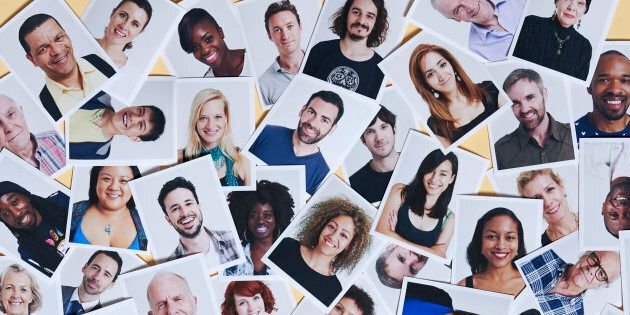
The American show The Talk airs weekdays on Channel 10. This article is not an ad for the show, nor for any network. It's about a need on Australian television that is only being met by this show and one other. And, gosh, I hate to say it because you'll probably stop reading, but that need is a need for diversity. I implore you to hang in there with me, and I'll explain that diversity is not the dirty word it has come to mean, and that it actually applies to you, no matter your background.
People think diversity is a 'leftist' idea that's about making merry and joining hands and singing and other such hippie concepts. But all diversity means is a range of different things. Very simple. It's not about exclusion, it's about inclusion, of everyone and everything. What's so wrong with that? The only people who think there's something wrong with diversity are the people who have never been excluded.
I think we all accept that Australia is a multicultural society made up of many communities -- that it is diverse (has a range of people with different backgrounds). So why then, are our collective voices, represented by the Australian media, so lacking in fair representation?
We do have a number of ethnicities represented in the most beloved and respected Australian identities. For example: Waleed Aly, Lee Lin Chin, Adam Goodes, Anh Do, Dami Im, Jessica Mauboy, Indira Naidoo, Deborah Mailman, Jessica Gomes, Miranda Tapsell and Wendell Sailor -- and these are just the celebrities that immediately come to mind. We are also seeing an increasing amount of locally-made advertising campaigns that show people of different colours, abilities and sizes, as well as interracial and non-traditional friendships and families, such as from Kmart and Medibank Private. But Australia is still a long way off from visual and print media that consistently offers representation of all members of the community.
I know many people think putting a person of colour in a high profile media position -- or indeed, an openly gay person, or an older woman, or a woman on a sports show (such as Rebecca Maddern), is a token gesture -- or not even necessary in the first place. But exposing the audience to a diverse (a range of different) people simply broadens the discussion. It does not diminish the value of the voices already present.
And there is such value in diversity apart from the concept of fair representation. Firstly, it helps destroy stereotypes. Most of us accept that stereotypes are hurtful to an individual, but we all know it's too easy to make assumptions about what someone may believe or feel based on their appearance, or what is publicly known about them.
For example, simply by looking at my headshot, you probably wouldn't realise that I could talk to you extensively about self-tanning creams, can speak French, incessantly quote from The Castle or am obsessed with Christmas. Also, my lasagne far outweighs my chicken curry, and Cold Chisel is my favourite band in the world. My point is that I'm informed about my Indian heritage and shaped by it to some extent, but I'm no more defined by it than anyone else is by their backgrounds -- and that is something we need to demonstrate more regularly in a greater range of voices via the media.
The other main value in seeing more diversity in our media is how that greater range would result in an appeal to a wider audience. People love seeing things they can relate to. Which brings me back to the American show, The Talk. It is a daytime show, targeted at women, and so the panel is made up of five women. The women can be described as black, white, of Asian descent, in their forties and fifties, gay and heterosexual, married and divorced, journalists, actors, comedians and writers. They are bonded by the fact that they are all American citizens, and women, but their varying experiences mean that what they bring to the table makes for rich discussion of current affairs; which thus appeals to a broader audience.
But apart from appreciating the diverse (range of different) opinions, I appreciate these women, visually. I look at their hair, makeup and clothes, with their different skin colours and body types, and get inspired. This is not a panel of slim, white women, to whom my appearance is completely opposite.
I know that as a woman of colour in Australia, I'm a minority. Obviously, I don't expect everyone on television to look like me, or have my background -- nor would I want them to. All I want is more diversity -- a greater range of different things -- so that our media is more reflective of our reality.
At the moment, the Australian show with the greatest diversity is Gogglebox, whose excellent cast is 'only' missing someone physically challenged, a sole parent family, and an obviously interracial relationship. Gogglebox is a ratings winner because of its broad appeal -- doesn't that say something about what Australian audiences want?
So, Australia, it's time to talk The Talk, and walk the walk on the path of diversity for a more representative Australian media.